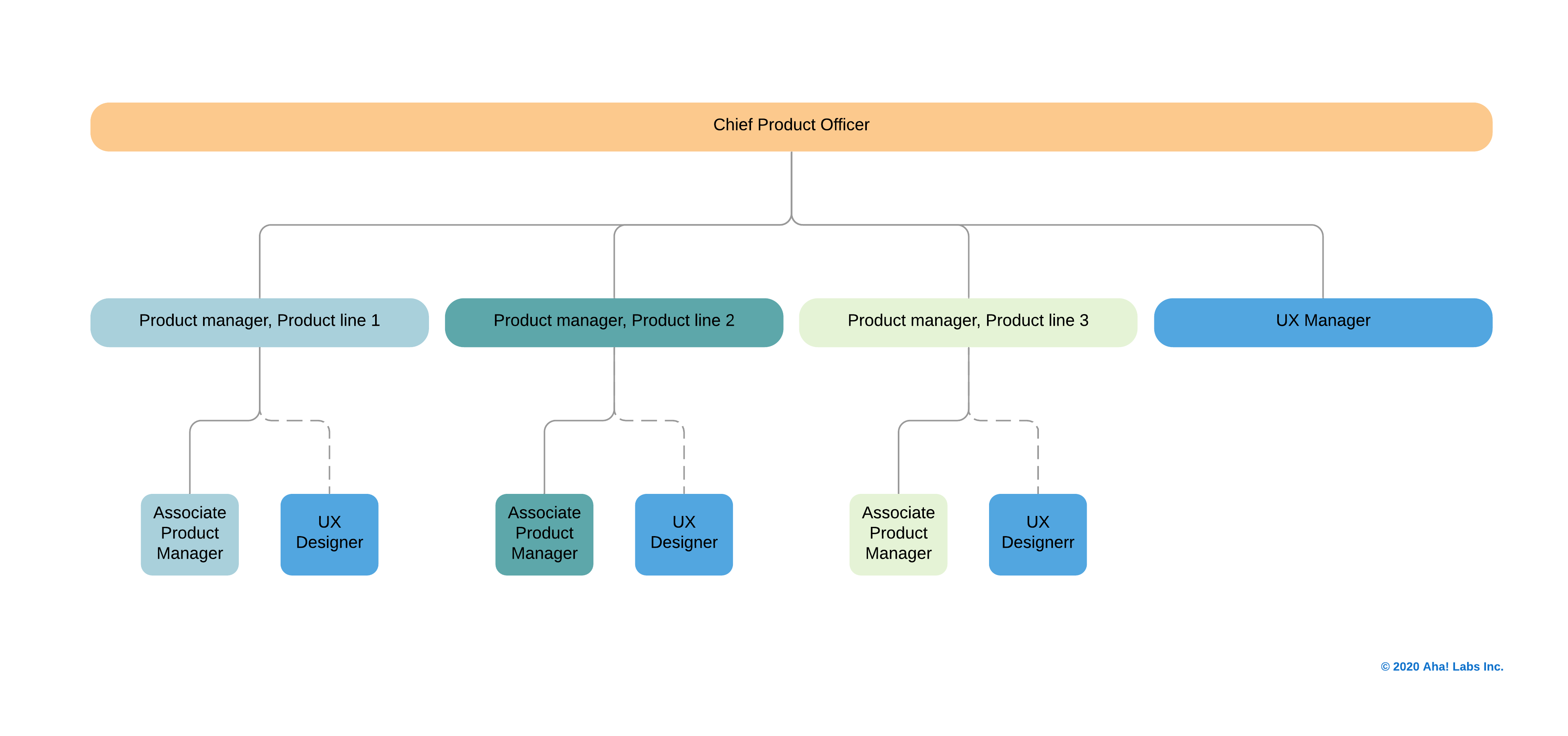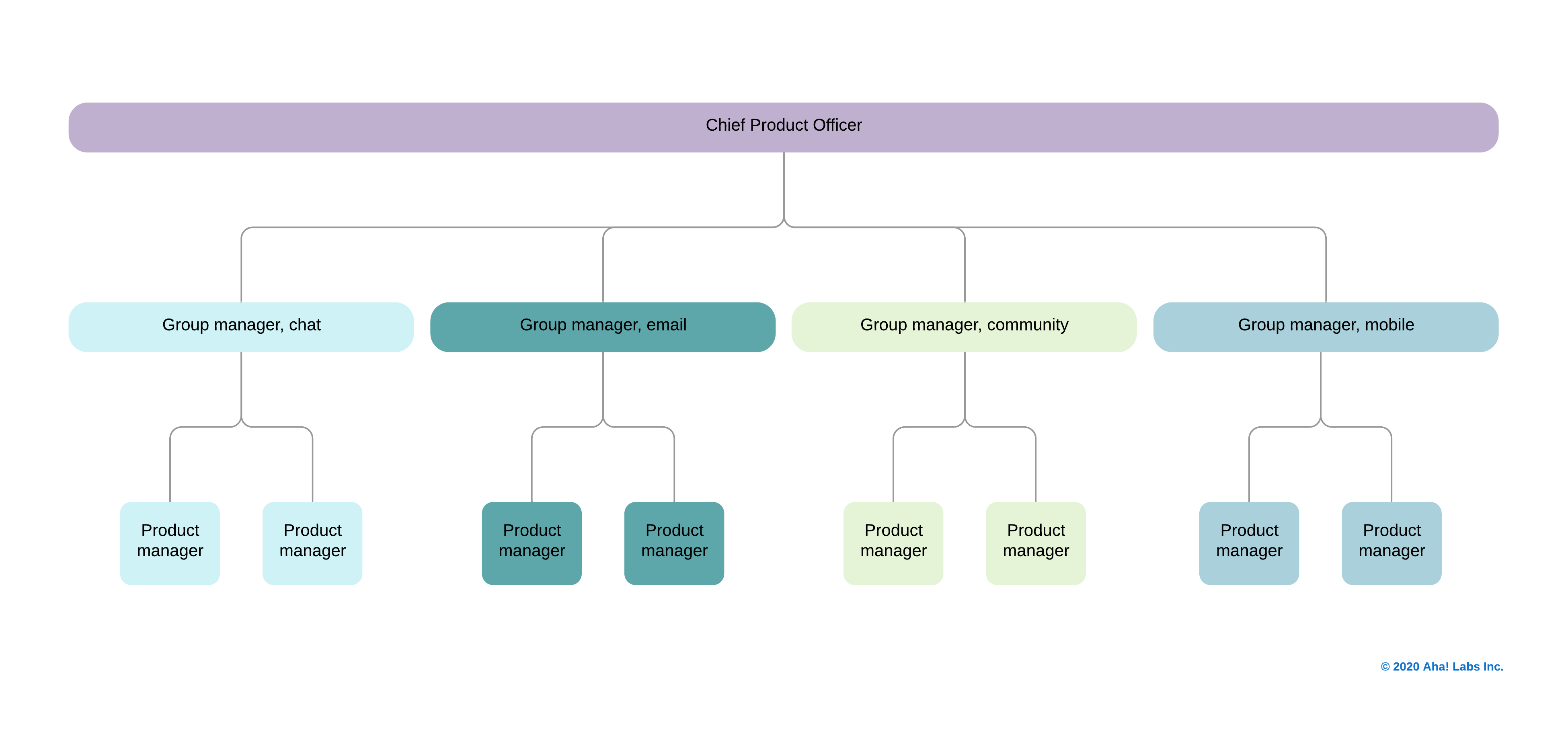Skip to content
Pods
 Product
Product
Research and development of our greatest features.
These “pod pages” are filled with “filler info”. Please add your own team members and tools. We’ve included Charters to help you build out your Pod
Product Team

Curtis Smith
Product
Project Manager
⛰️ Redding, California | 🇺🇸 USA

Andrea Steinke
Product
Product Manager
⛰️ Redding, California | 🇺🇸 USA
Product Tools
Icon
Name
Description
Link
Team owns
Icon
Name
Description
Link
Team owns
No results from filter
Charter
Product Functions
Function
Responsibilities
Roles
Function
Responsibilities
Roles
1
Product management
2
User experience (UX)
3
Product analytics
4
Product marketing
There are no rows in this table
Organizational structures
By product or product line

By feature

By customer segment

Want to print your doc?
This is not the way.
This is not the way.

Try clicking the ⋯ next to your doc name or using a keyboard shortcut (
CtrlP
) instead.

